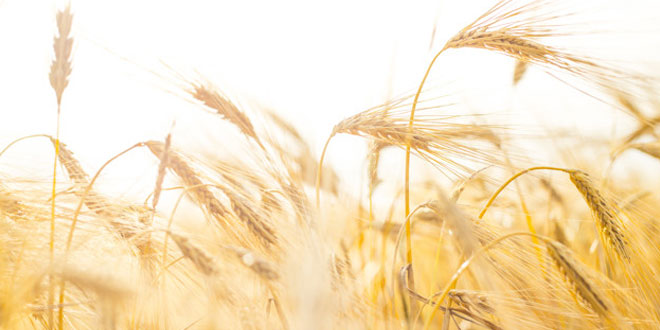Question: Write a short note explaining the different cropping seasons.
Answer: There are three major cropping seasons, i.e. Rabi, Kharif and Zaid.
- Rabi: Crops are sown in winters between October to December and harvested between February to April. Major crops of this season are: wheat, barley, peas, gram, and oil seeds.
- Kharif: Crops are sown in summers between May to July and harvested after rain i.e. between September to October. Major crops of this season are: rice, maize, jowar, bajra, sugarcane, jute.
- Zaid: In between Rabi and Kharif crops zaid crops like: watermelon, cucumber are grown between April to June.
Question: What is Agriculture Development?
Answer: Agricultural Development refers to efforts made to increase farm production in order to meet the growing demand of increasing population. This can be achieved in many ways such as:
- Increasing the cropped area.
- Multiple cropping (Number of crops grown in a year)
- Improving irrigation facilities
- Use of fertilizers and high yielding variety of seeds.
- Mechanization of agriculture is also another aspect of agricultural development.
Question: How has Green Revolution changed agriculture in India?
Answer: The Green Revolution has changed agriculture in the following way:
- Introduced HYV seeds
- Ensured enough and timely availability of water through irrigation.
- Adequate use of chemical fertilizers
- Use of pesticides and insecticides
- Consolidation of landholdings
- Farm mechanization
- Provision of agricultural credit on soft terms from the banks
- Agriculture universities were set up to train the farmers.
This helped not only to enhance production but also to improve the general, social and economic conditions of farmers and their families.
Question: What are Millets? List out the geographical conditions necessary for the cultivation of millets and the countries in which this crop is grown.
Answer: Coarse grains like jowar, bajra, ragi and sorghum are called millet. These grains have low nutritional value as compared to other cereals. These crops are grown in areas of high temperature, low rainfall and less fertile and sandy soil. The semi-arid parts of the tropical and subtropical regions are best suited for millet cultivation. The main millet producing countries are India, China, USA, Brazil, Nigeria, Niger and Egypt. Millet is used as fodder for domestic animals in USA.
Question: Write a short note on jute.
Answer: Jute is the second most important vegetable fibre after cotton. It is also known as the golden fibre. Jut is called the brown paper of wholesale trade, as it is mostly used to make packing materials. It is the cheapest fibre which can be dyed, but not easily bleached. Jute grows well in warm and wet climate. Alluvial soil, rich in salts, is suitable. However, deltaic soil which is renewed every year by floods, is ideal for its cultivation. Jut is usually sown in March or April. Its stems are cut in August or September. Jute growing and harvesting require abundant labour. This is readily available in the densely populated tropical areas where it is grown. The main jute producing countries are India, Bangladesh, Brazil, Taiwan, China, Thailand and Malaysia. India and Bangladesh are the leading jute producers in the world.
 Class Notes NCERT Solutions for CBSE Students
Class Notes NCERT Solutions for CBSE Students



I need questions answer for footprints class 8 CBSCE SST.